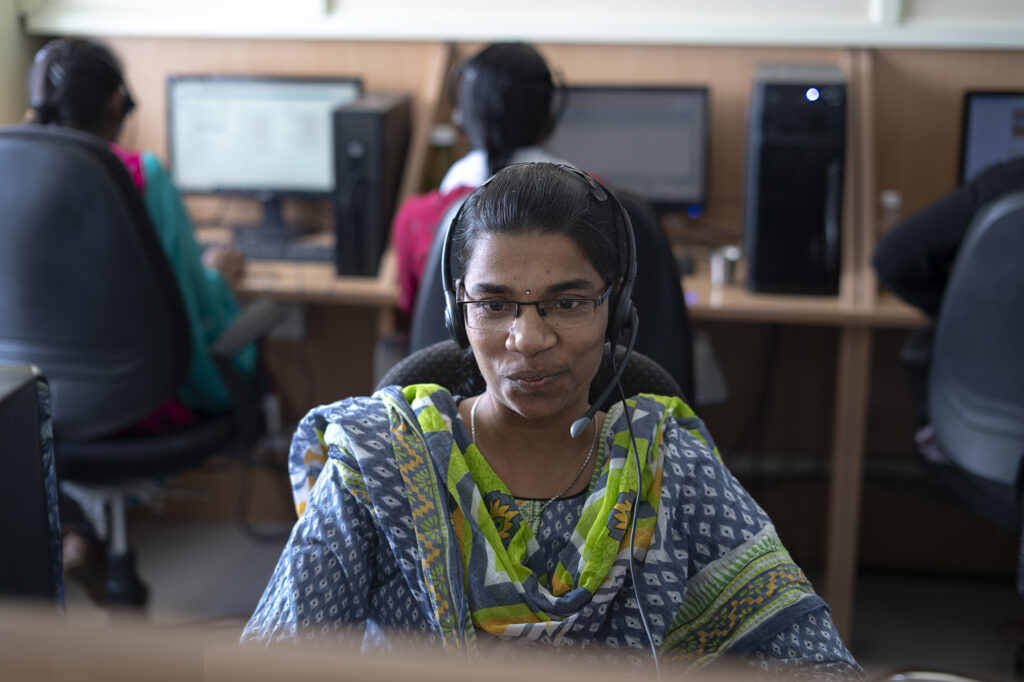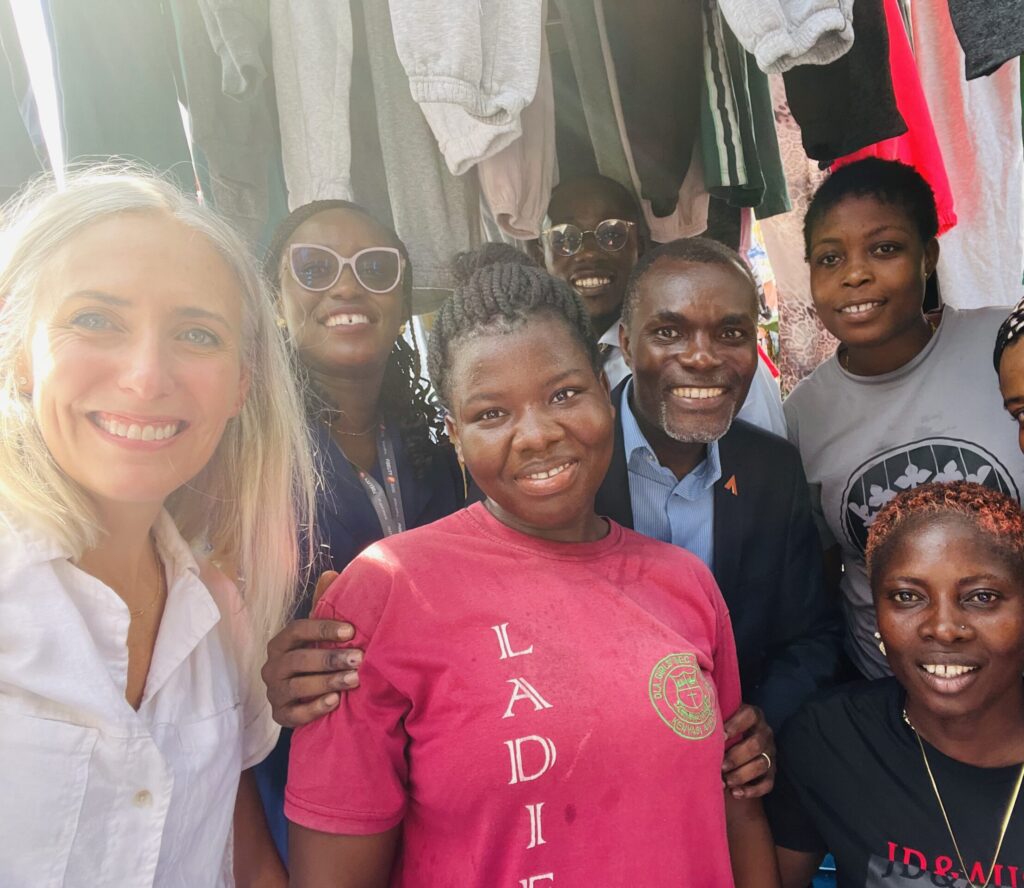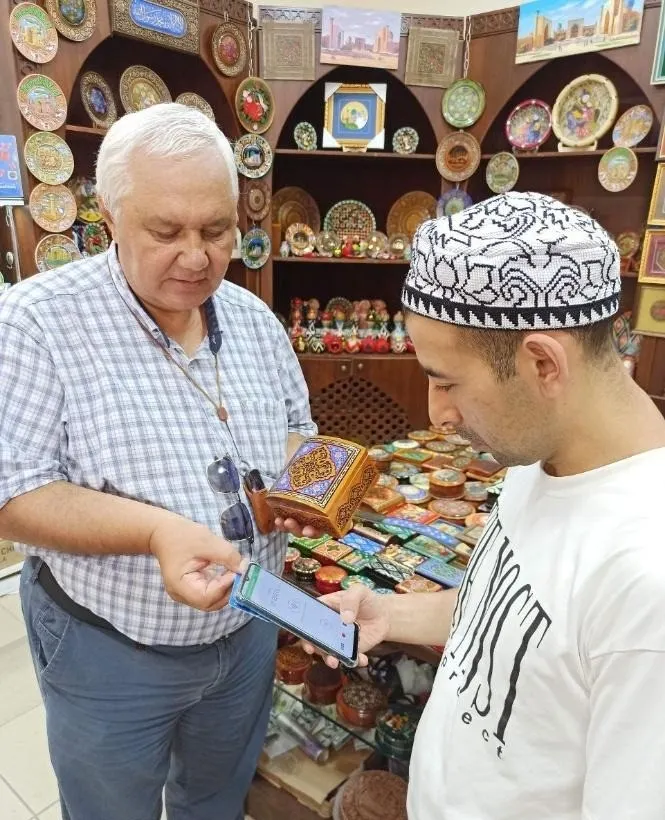
More than a decade ago, Jackie VanderBrug and Joy Anderson coined the term ‘gender lens investing’ to describe an emerging sector of finance designed to support the economic and social well-being of women. Since then, the field has evolved tremendously, with many venture funds, accelerators, and incubators forming to invest in and support women founders, funders, and customers. According to Project Sage 4.0, at least $6B in capital was raised across 206 gender lens investment funds as of June 2021. This is enormous growth (+361 percent since Project Sage’s first landscape analysis in 2017) but is still microscopic compared to the $100T+ asset management industry at large. To close this gap and drive truly systemic change, asset managers of all kinds need to consider strategies for creating more equitable investment portfolios.
The broader development industry has provided a helpful framework for where to begin. In the mid-1990s, the United Nations established Gender Mainstreaming as a global strategy to promote gender equality. These guidelines call on governments and other organizations to examine how all proposed programs, policies, and initiatives impact both women and men, even if they’re not specifically designed to address gender equality. For fund managers without an explicit gender mandate, this approach presents an opportunity to mitigate bias, fund more underrepresented founders, and increase returns by making every facet of the investment value chain more inclusive.
Our approach
At Accion Venture Lab, gender impacts every aspect of our work. Women consumers and small business owners continue to be disproportionately underserved by banks and other financial service providers, and women startup founders raise a small sliver of global venture capital funding. These disparities hinder the outcomes that we strive for, both regarding the financial success of our portfolio companies and the impact of their products on the end customer. In response, our team has identified eight strategies to make the VC investment process more inclusive:
Sourcing
1. Make contact information more accessible: Venture capitalists often rely on warm introductions from industry contacts. This puts underrepresented founders, which often start with smaller investor networks, at a disadvantage when they go out to raise capital. By making contact information publicly available on your website or having a designated pitch submission form, investors can find differentiated deal flow and diversity their pipeline.
2. Proactively explore new sourcing channels: We’ve historically seen a dearth of resources for women founders in emerging markets, but that’s beginning to change. VCs can plug into networks like WeRaise (Pakistan), Amela (Latin America), and WeTech (Nigeria) by participating in office hours, judging pitch competitions, or hosting educational webinars.
3. Monitor progress: Most VC firms use a customer relationship management (CRM) tool to track deal flow. By capturing the gender composition of founding teams, firms can determine if women founders are progressing through their pipeline at the same rate as male founders and identify any stages of the investment process where women are particularly likely to fall out.
Diligence
4. Reflect on your word choice: Studies have shown that investors are more likely to ask women founders about downside risk and male founders about upside opportunity. Biased language can also pop up in job descriptions, blog posts, and website copy, which can inadvertently discourage women from engaging. Tools such as Kat Matfield’s Gender Decoder can help you identify and remediate subtle bias.
5. Discuss diversity during diligence: Investors can use the diligence process to discern how founders think about building diverse teams and establishing an inclusive culture. Ensuring alignment with founders during diligence can also make it easier to engage in these conversations later on as a board member.
6. Address team demographics in investment memoranda: Including team demographic data in official investment memoranda can help firms hold themselves accountable to stated diversity goals. At Venture Lab, we also revisit and update this table when considering companies for follow-on investments.
Post-Investment Engagement
7. Request disaggregated data: Portfolio companies report on a set of key performance indicators each month or quarter. By disaggregating the data (when possible), investors can pinpoint gender disparities and help founders identify opportunities to reach more women customers or better support existing customers.
8. Leverage your platform and relationships: Representation matters. By continuing to bring more awareness to women and other underrepresented founders who are disrupting financial services, investors can help spur a more equitable, inclusive ecosystem.
Stay tuned for another article next month as we’ll dive deeper into how we’re integrating a gender lens into our publicly available resources for early-stage founders. To learn more about Accion Venture Lab, you can follow us on LinkedIn or check out our podcast, Fintech for the People.










